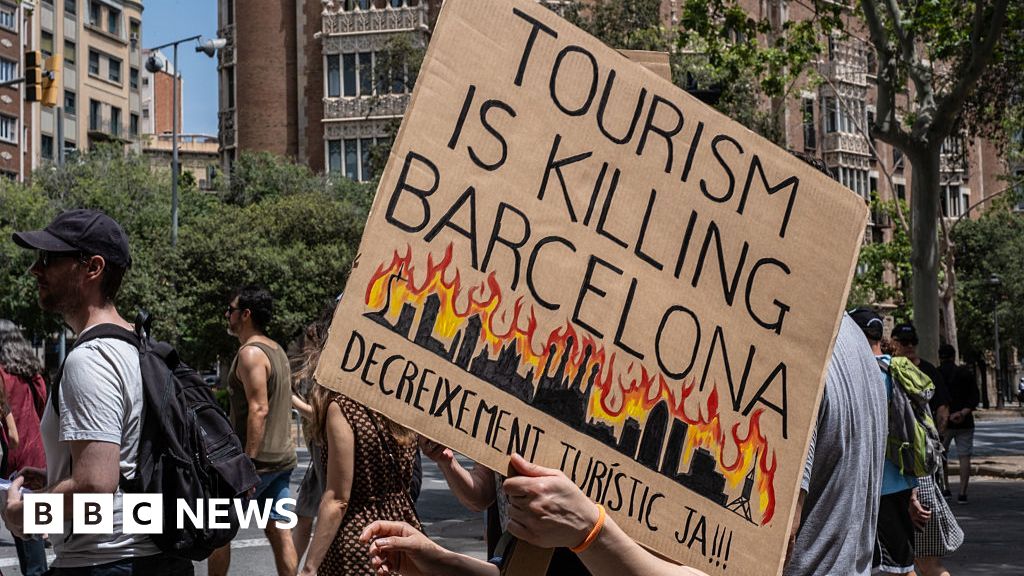UPS said on Tuesday that it would cut 20,000 jobs this year as part of a long-term plan to reduce costs and bolster profit.
The cuts come as President Trump’s tariffs are prompting some UPS customers to ship fewer goods. The company said “macroeconomic uncertainty” prevented it from updating its forecasts for revenue and profits for 2025.
UPS already cut 12,000 jobs last year. It now has some 490,000 employees, many of whom are members of the Teamsters union. In its latest cuts, the company said it would shed “operational” employees, or those who sort or deliver packages. UPS also said it would close 73 buildings by the end of June.
UPS has been trying to improve its profit margins, partly by reducing costs and shedding parts of its business that don’t make money. The company has said many of the deliveries it does for Amazon, its largest customer, are not profitable. It plans to slash in half the volume of packages it delivers for Amazon by the middle of next year.
In all, UPS plans to reduce costs by $3.5 billion this year. Most of that sum is expected to come from the job cuts and building closures, but the company also anticipates savings from reducing the number of hours its employees work. UPS has 412,000 hourly employees, about half of whom are part time.
In 2023, the Teamsters and UPS agreed to a five-year labor contract that included wages that were significantly higher than at nonunion delivery companies. Commenting on the job cuts Tuesday, the Teamsters’ general president, Sean M. O’Brien, said the contract requires UPS to create 30,000 Teamster jobs.
“If UPS wants to continue to downsize corporate management, the Teamsters won’t stand in its way,” Mr. O’Brien said in a news release. “But if the company intends to violate our contract or makes any attempt to go after hard-fought, good-paying Teamsters jobs, UPS will be in for a hell of a fight.”
On a call with investors Tuesday, UPS’s chief executive, Carol Tomé, said Mr. Trump’s trade policies were particularly debilitating for small and midsize businesses that buy goods from China. The president has raised tariffs by as much as 145 percent on many goods imported from that country.
Ms. Tomé said smaller companies, which didn’t have the financial wherewithal to stock up before the tariffs took effect, are now saying, “Wow, how are we going to handle this cost increase that’s coming our way?”
Ms. Tomé said deliveries from China to the United States were UPS’s most profitable trade lane and responsible for 11 percent of the company’s international revenue. The company said it expected its China-to-United States business to decline.
But Ms. Tomé also said UPS would be able to respond to any shift in supply chains caused by the tariffs. In Mr. Trump’s first term, Chinese exports to the United States declined, but trade grew between China and rest of the world, she said, noting that UPS’s international business also grew in that period.
“We can move where supply chains move,” Ms. Tomé said.
Source link



















